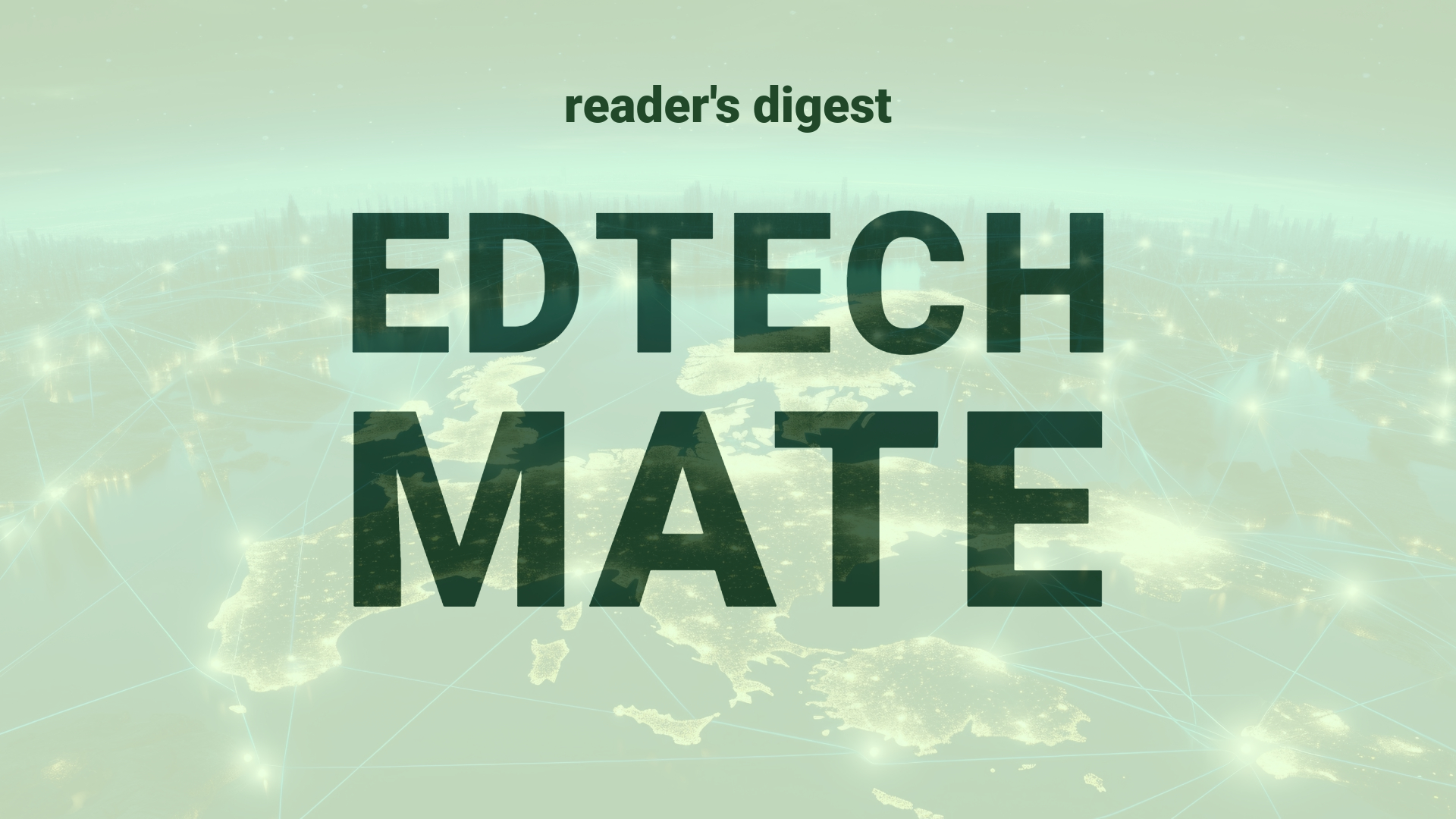Executive Summary and Main Points
In February, the healthcare finance sector experienced a significant disruption due to a ransomware attack on Change Healthcare. This incident highlighted the vulnerable nature of interdependent systems within the healthcare ecosystem. Key points include recognizing and protecting connections with differing cyberattack risks, quantifying materiality in the health industry’s network, and strengthening cybersecurity measures through a communal effort with government oversight.
Potential Impact in the Education Sector
The breach stands as a stark reminder for the education sector, particularly for Further Education, Higher Education, and the burgeoning field of Micro-credentials, to proactively address cybersecurity vulnerabilities. Institutions might face cyber threats leading to data breaches, financial loss, or disruptions in critical academic operations. As such, strategic partnerships aimed at enhancing cybersecurity and embracing digitalization across global higher education networks are now imperative.
Potential Applicability in the Education Sector
Applying sophisticated AI and digital tools to predict, detect, and respond to cyber threats can prove crucial in safeguarding educational institutions’ networks. By analyzing interconnections and potential vulnerabilities in the educational ecosystem, stakeholders can preemptively initiate robust defenses and foster a culture of shared cybersecurity intelligence.
Criticism and Potential Shortfalls
While the outlined approach has merit, it faces potential criticisms related to implementation complexity, required resources, and potential invasions of privacy. Comparative international case studies in the education sector could reveal varied success levels, emphasizing the need to consider ethical and cultural factors when applying a one-size-fits-all solution globally.
Actionable Recommendations
To mitigate cyber risks, education leaders should establish baseline cybersecurity practices and promote an ecosystem-wide adoption. Formalizing information-sharing protocols and creating strategic partnerships with government and industry-specific organizations could be beneficial. By transitioning from individualistic to collaborative cybersecurity approaches, education institutions can better safeguard their interconnected digital landscapes.
Source article: https://hbr.org/2024/05/preventing-the-next-big-cyberattack-on-u-s-health-care

